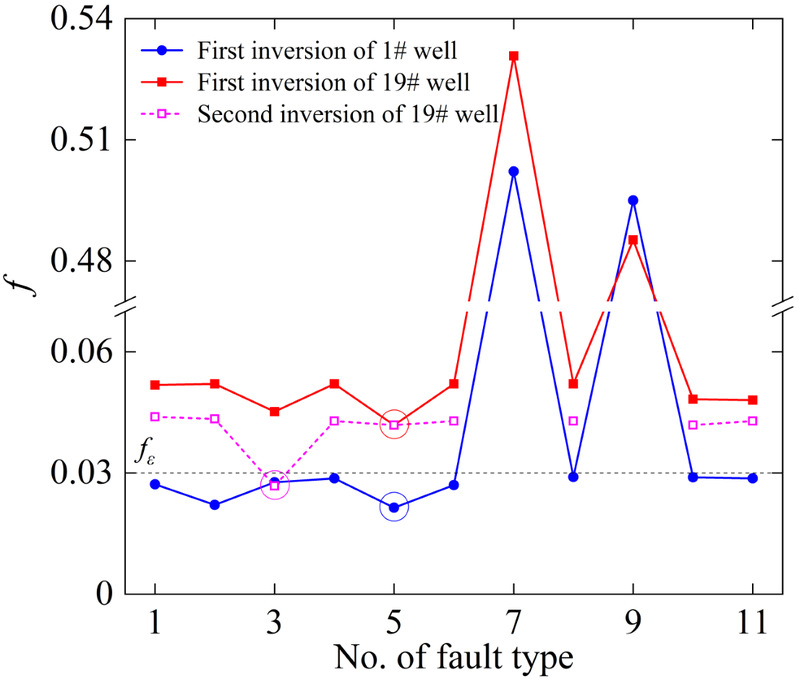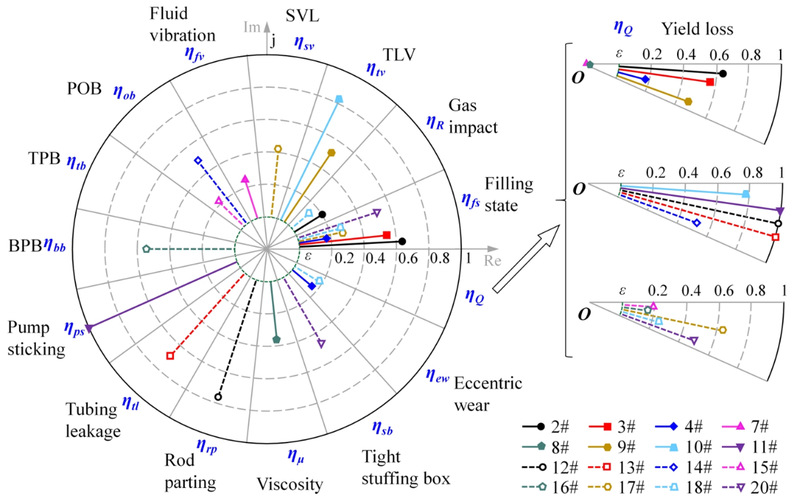博士生吕孝孝的论文被国际期刊“Journal of Process Control”(SCI二区)录用
近日,由王旱祥教授指导的博士生吕孝孝撰写的论文《Quantitative diagnosis method of the sucker rod pump system based on the fault mechanism and inversion algorithm》被“Journal of Process Control”(SCI2区)录用。JPC期刊涵盖了控制理论、运筹学、计算机科学和工程原理在解决过程控制问题中的应用。除了传统的化学加工和制造应用之外,过程控制问题的范围还涉及广泛的应用,包括能源过程、纳米技术、系统生物学、生物医学工程、制药加工技术、能量储存和转换、智能电网和数据分析。涵盖的主题包括:控制应用、过程监控、全厂控制、过程控制系统、控制技术和算法、过程建模和仿真、设计方法。IF:3.642。
Computer-aided fault diagnosis based on the dynamometer card (DC) of the sucker-rod pumping system (SRPS) is a crucial technology to reduce operating costs and increase yield. Currently, the conventional method to implement this technology is the pattern recognition of the DC features. However, the training set of DC that determines the diagnostic accuracy of the method is difficult to obtain because of the differences between oil wells. Moreover, this method can only obtain the type of single fault without quantitative analysis, which may affect the formulation of the adjustment measures. Therefore, in the present study, a quantitative diagnosis method independent of the training data is proposed. In order to obtain the operation process of SRPS under the comprehensive conditions of the fault, a simulation model involving fault effects is established according to the fault mechanism. Subsequently, the framework of the optimization inversion method is established to determine the fault parameters by minimizing the difference between the measured DC and the DC generated by the fault-mechanism model. Then, the strategy of the partition parallel optimization is utilized to improve the stability and efficiency of the inversion algorithm. Meanwhile, fifteen indicating parameters that directly reflect the type and degree of faults are defined. Finally, the proposed diagnosis method is verified experimentally through the data of 20 actual wells. The obtained results demonstrate the effectiveness of the proposed method for diagnosing the types of single and coupling faults, as well as predicting the production rate.

